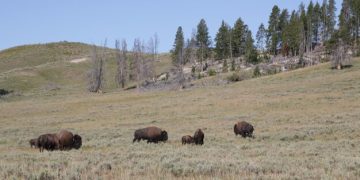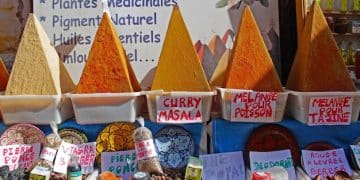Mastering Travel Photography: Capture Stunning Memories
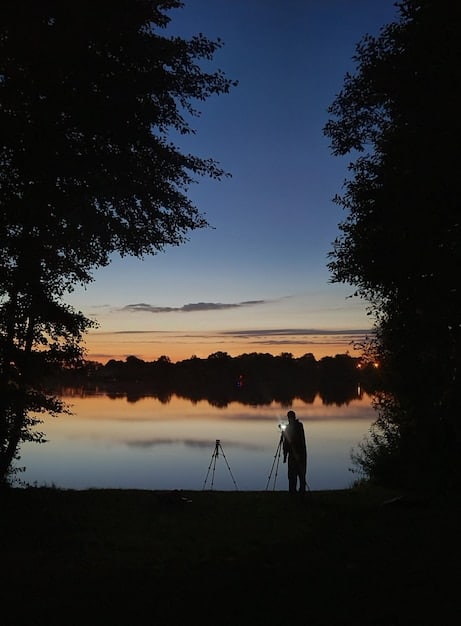
Mastering the art of travel photography involves understanding composition, lighting, and how to tell a compelling story through your images, ultimately allowing you to preserve your travel memories in a visually stunning and meaningful way.
Are you ready to transform your travel snapshots into breathtaking memories? Mastering the art of travel photography: Capture Stunning Memories on Your Next Trip isn’t just about pointing and shooting; it’s about seeing the world with a photographer’s eye. Let’s embark on a journey to elevate your travel photography skills.
Essential Gear for Travel Photography
Choosing the right gear can significantly impact your travel photography. A versatile camera, lenses suitable for various scenarios, and essential accessories are key to capturing stunning images.
From compact mirrorless cameras to durable DSLRs, understanding the benefits and drawbacks of each will help you make informed decisions. Don’t forget the importance of accessories like tripods and filters!
Choosing the Right Camera
Selecting the perfect camera is the foundation of travel photography. Mirrorless cameras offer a great balance between portability and image quality, while DSLRs provide robustness and a wide range of lens options.
Consider factors such as sensor size, ISO performance, and autofocus capabilities to ensure your camera can handle the diverse conditions you’ll encounter during your travels.
Lenses for Every Scenario
A versatile lens collection is crucial for capturing various travel scenes. A wide-angle lens is perfect for landscapes, while a telephoto lens can capture distant subjects. A prime lens offers excellent image quality and a shallow depth of field for portraits.
Think about the types of shots you want to take and choose lenses that cater to those needs. A zoom lens can be a great all-in-one option, but prime lenses often offer better image quality.
- 📸 Wide-Angle Lens: Ideal for landscapes and architectural shots.
- 🔭 Telephoto Lens: Perfect for wildlife and distant subjects.
- 👤 Prime Lens: Great for portraits and low-light conditions.
- 🎒 Travel Tripod: Essential for sharp, clear night photos
Ultimately, the right gear depends on your style and preferences. Experiment with different setups to discover what works best for you. Consider investing in quality lenses, as they often have a bigger impact on image quality than the camera body itself.
Composition Techniques for Stunning Shots
Composition is the art of arranging elements within your frame to create visually appealing and impactful images. Mastering composition techniques will transform ordinary snapshots into compelling stories.
Understanding and applying these techniques will help guide the viewer’s eye and convey the emotions and narrative you want to share through your travel photography.
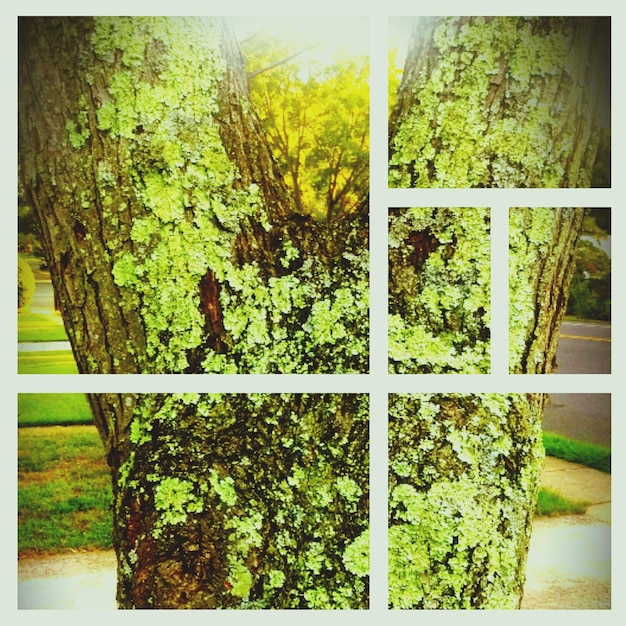
The Rule of Thirds
The rule of thirds involves dividing your frame into nine equal parts using two horizontal and two vertical lines. Placing key elements along these lines or at their intersections creates a balanced and engaging composition.
This technique helps avoid centering subjects, leading to more dynamic and visually appealing images that draw the viewer’s attention.
Leading Lines
Leading lines are lines that draw the viewer’s eye into the image, creating depth and guiding them towards the main subject. These lines can be roads, rivers, fences, or any other linear element in the scene.
Using leading lines effectively adds a sense of perspective and directs the viewer’s gaze, enhancing the overall composition.
Experimenting with different compositions is a great way to exercise your creativity and discover new ways of seeing the world. Practice these techniques in various settings to refine your skills and develop your unique style. Remember, the key is to make conscious decisions about where you place elements in your frame to create the most impactful and visually pleasing image.
Understanding Light: The Photographer’s Best Friend
Light is the essence of photography. Understanding how light affects your images can significantly improve your travel photos. Learning to use natural light and artificial sources effectively is essential.
Golden hour and blue hour offer magical opportunities to capture stunning colors and dramatic shadows. Mastering light will elevate your photography to new heights.
Golden Hour and Blue Hour
The golden hour, the period shortly after sunrise and before sunset, provides warm, soft light that enhances colors and creates beautiful shadows. The blue hour, just before sunrise and after sunset, offers cool, ethereal tones.
These times of day are ideal for capturing landscape and portrait shots with a captivating ambiance. Plan your shoots around these periods to maximize the visual impact of your photos.
Dealing with Harsh Sunlight
Harsh sunlight can create strong shadows and blown-out highlights, making it challenging to capture balanced images. To mitigate this, try shooting in shaded areas or using a diffuser to soften the light.
Alternatively, you can embrace the harsh light to create dramatic black and white images with strong contrast. Experiment with different approaches to find what works best for the scene.
- 🌅 Golden Hour: Warm, soft light perfect for vibrant colors.
- 🌃 Blue Hour: Cool, ethereal tones ideal for cityscapes.
- 🕶️ Shaded Areas: Provides even lighting, avoiding harsh shadows.
- ☁️ Cloudy Days: Soft, diffused light ideal for portraits.
Light transforms ordinary scenes into captivating photographs. Observe how light interacts with your subjects, and learn to anticipate the best moments to capture its beauty. Incorporating these techniques into your photography will add depth, emotion, and visual appeal to your images.
Capturing the Essence of Local Culture
Travel photography is not just about landscapes; it’s about capturing the essence of local culture and traditions. Photographing people, markets, and festivals can provide unique insights into the heart of a destination.
Respect and sensitivity are crucial when photographing local communities. Always ask for permission before taking photos, and be mindful of cultural norms.
Photographing People Respectfully
When photographing people, always approach them with respect and ask for permission before taking their picture. Engage in conversation and show genuine interest in their lives and stories.
Offering a small gesture of appreciation, such as sharing a copy of the photo, can go a long way in building trust and capturing authentic moments.
Exploring Local Markets and Festivals
Local markets and festivals are vibrant hubs of cultural activity, offering a multitude of photographic opportunities. Capture the colors, sounds, and energy of these events to tell a compelling story.
Focus on candid moments, interesting characters, and unique details that represent the local culture.
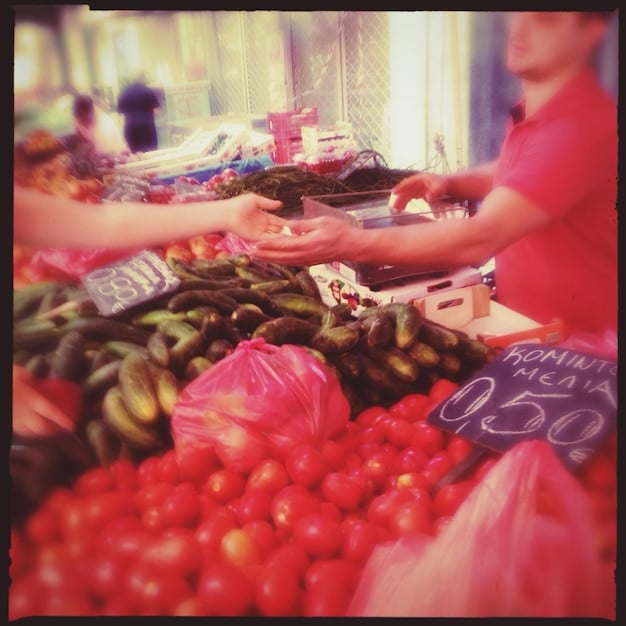
Immersing yourself in the local culture allows you to capture authentic moments and create impactful images that resonate with viewers. Approach your subjects with respect, be curious, and let the stories of the people and places you encounter inspire your photography.
Post-Processing Techniques for Travel Photos
Post-processing is an essential part of the photography workflow. It allows you to enhance your images, correct imperfections, and bring out their full potential. Basic editing techniques can transform a good photo into a great one.
Use post-processing to perfect your images and achieve the desired look and feel. Explore these techniques to enhance your travel photos.
Basic Adjustments in Lightroom
Lightroom is a powerful tool for making basic adjustments to your photos. Adjusting exposure, contrast, white balance, and highlights can significantly improve the overall look of your images.
Experiment with these settings to find the right balance and achieve the desired mood and tone for your travel photos.
Color Correction and Grading
Color correction involves adjusting the colors in your image to achieve a natural and accurate look. Color grading, on the other hand, is a more artistic process that involves manipulating colors to create a specific mood or style.
- 🎨 Exposure: Adjust the overall brightness of your photo.
- 🌈 White Balance: Correct the color temperature for accurate tones.
- ✨ Contrast: Enhance the difference between light and dark areas.
- ✂️ Cropping: Improve composition and remove distractions.
By mastering these post-processing techniques, you can transform your travel photos into visually stunning memories that capture the true essence of your adventures. Remember to start with subtle adjustments and gradually refine your edits to achieve the desired result.
Storytelling Through Your Travel Photography
Travel photography is more than just documenting places; it’s about telling stories. Capturing emotions, moments, and narratives through your images can create a lasting impact. It allows you to convey the essence of your experiences.
Each photo should contribute to the overall narrative, evoking emotions and inviting viewers to connect with your journey.
Capturing Candid Moments
Candid moments are often the most powerful and authentic. Capture people interacting, laughing, and experiencing life in their natural environment.
These spontaneous shots can convey the energy and emotion of a place in a way that posed photos cannot. Be patient and observant, and always be ready to capture those fleeting moments.
Creating a Photo Essay
A photo essay is a series of images that tell a story. Plan your shots carefully, considering the sequence and flow of the images to create a cohesive narrative.
Include a mix of wide shots, close-ups, and detail shots to provide a comprehensive view of your subject. Use captions or text to add context and enhance the storytelling.
| Key Point | Brief Description |
|---|---|
| 📸 Essential Gear | Choosing the right camera and lenses for travel. |
| 💡 Composition | Using techniques like the rule of thirds. |
| ☀️ Understanding Light | Capturing photos during golden and blue hour. |
| 🌍 Culture | Respectfully photographing local people. |
FAQ
▼
The best camera depends on your needs. Mirrorless cameras are lightweight and versatile, while DSLRs offer robustness. Consider factors like sensor size and lens options before deciding.
▼
Practice using the rule of thirds, leading lines, and framing techniques. Experiment with different angles and perspectives to find what works best for your subject.
▼
The golden hour is the period shortly after sunrise and before sunset when the light is warm and soft, creating beautiful colors and shadows. It’s ideal for landscape and portrait photography.
▼
Always ask for permission before taking someone’s picture and be respectful of their culture and privacy. Engage in conversation and show genuine interest in their lives and stories.
▼
Basic adjustments like exposure, contrast, and white balance can significantly improve your photos. Experiment with color correction and grading to achieve the desired look and feel.
Conclusion
Mastering the art of travel photography allows you to capture and share the beauty and stories of your journeys. By understanding your gear, composition, light, and storytelling techniques, you can transform your travel photos into cherished memories that inspire others.

